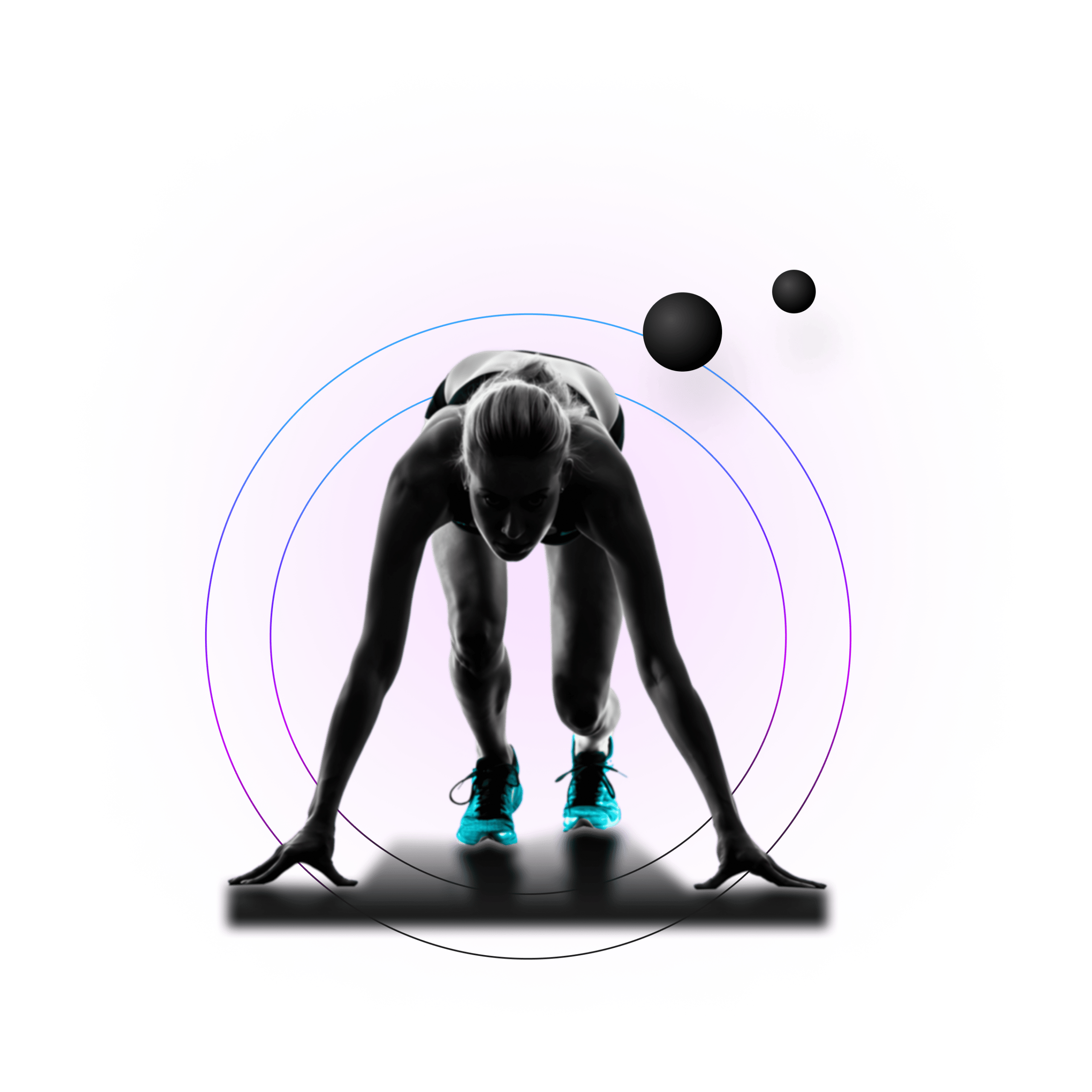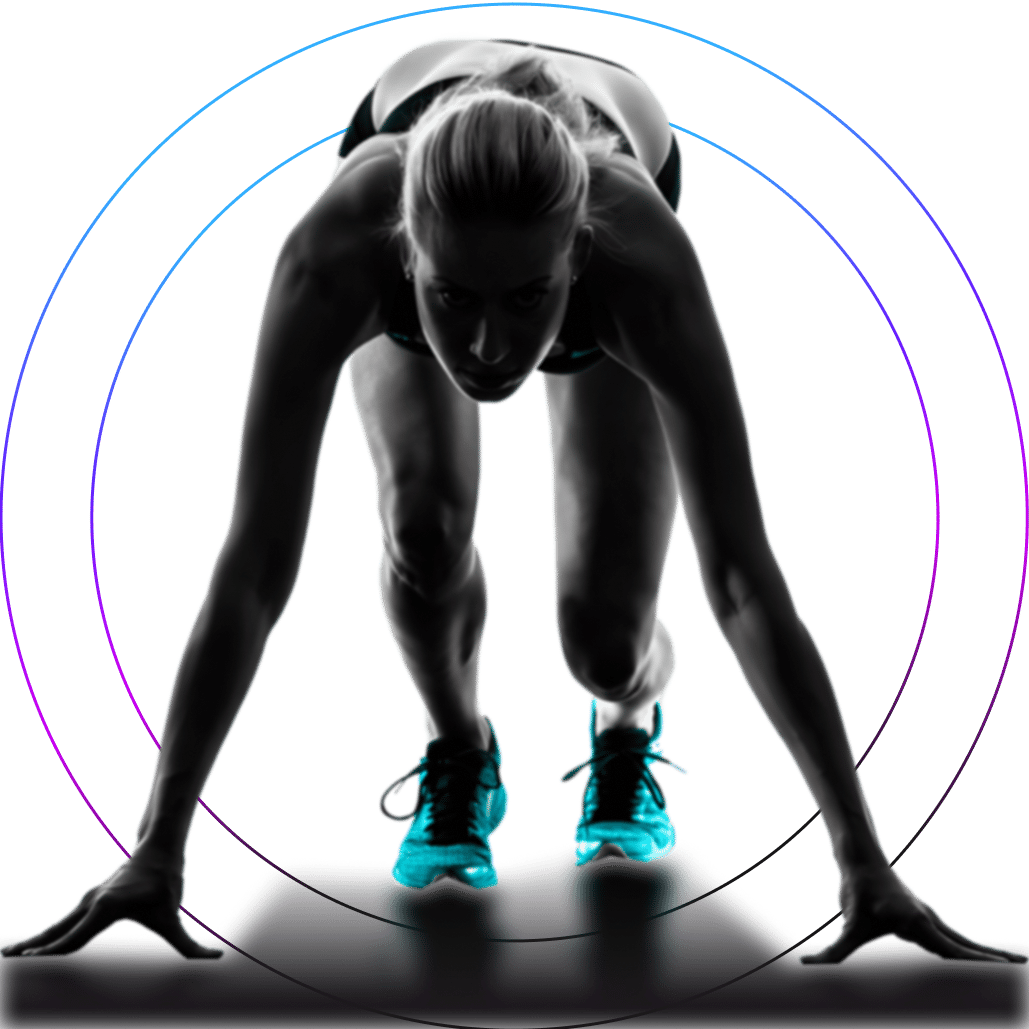
The founders shared passion for health prevention and neuroscience, their knowledge of the well-being sector (spas, thalassotherapy, fitness centers, recovery centers, etc.), and their strong drive for innovation pushed them to develop a concept that combines traditional, millennia-old therapies with the latest technological advances.
The REBALANCE Impulse® concept began with a research project focusing on the professional sports sector. More than 600 high-level athletes of various nationalities and disciplines have contributed to the validation and optimization of our research programs.





Offer cutting edge technology to restore balance
in people’s lives and provide the keys to a healthy
body and mind.
In our lives, we may be faced with events that are difficult to overcome. If your daily life is being polluted by traumatic thoughts and your mind is unable to find peace, this program will benefit you!
Post-Traumatic Stress Disorder (PTSD) can be compared to an anxiety disorder that results from an event with traumatic potential. It is estimated that 70% of the world’s population has experienced or will experience such an event, and about 10% of people suffer from Post-Traumatic Stress Disorder. These individuals have three main symptoms (repetition or intrusion, avoidance, and hypervigilance), which are often accompanied by depression, sleep disorders, or difficulty concentrating.
The EMDR (Eye Movement Desensitization and Reprocessing) therapy, developed by American psychologist Francine Shapiro reduces anxiety, stops the onset of traumatic images and intrusive thoughts (flashbacks). EMDR plays a therapeutic role through a visual recall process associated with eye movements. It also improves sleep for people with PTSD.
Rebalance Impulse® is the first fully autonomous device for the treatment of Post-Traumatic Stress Disorders (PTSD). The sessions specifically designed for this exclusive program offer synchronized light scenarios (Synchromotherapy®) based on frequencies whose effectiveness has been validated in the laboratory through electroencencephalogram (EEG) testing. The user can easily perform visualization and eye movement exercises according to chromorhythm-based protocols, without the intervention of a therapist. These stimulations trigger a very specific brain activity, creating a kind of deep slow-wave sleep while awake. The synchronization of activity in different brain regions induced by these exercises also stimulates memory mechanisms and transforms intrusive thoughts into non-traumatic memories.
D’Antoni et al. Psychotherapeutic Techniques for Distressing Memories: A Comparative Study between EMDR, Brainspotting, and Body Scan Meditation. Int J Environ Res Public Health. 2022 Jan 20;19(3):1142.
Molero-Zafra et al. Psychological Intervention in Women Victims of Childhood Sexual Abuse: An Open Study-Protocol of a Randomized Controlled Clinical Trial Comparing EMDR Psychotherapy and Trauma-Based Cognitive Therapy. Int J Environ Res Public Health. 2022 Jun 17;19(12):7468.
Shapiro. Efficacy of the eye movement desensitization procedure in the treatment of traumatic memories. J. Trauma. Stress. 1989; 2: 199–223.